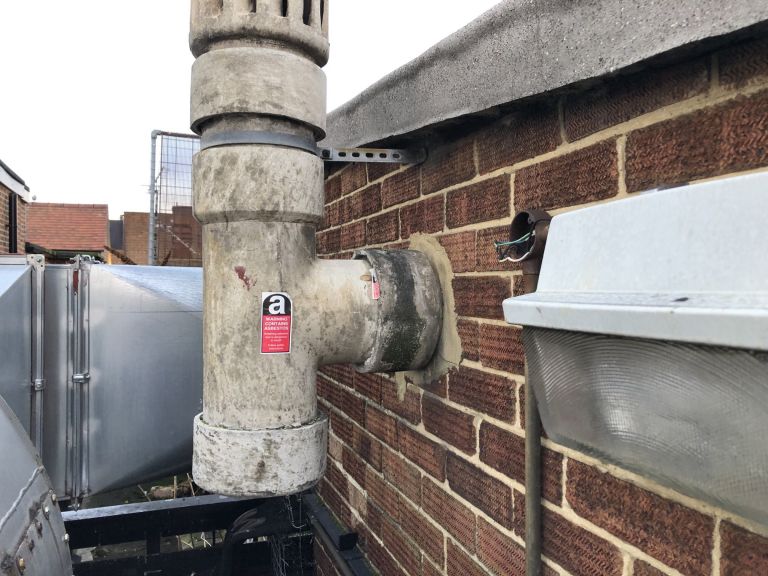Introduction:
Your home should be a sanctuary where you feel safe and secure, but hidden dangers and risks may lurk within its walls. From potential hazards like asbestos to safety concerns such as faulty wiring, understanding and addressing these risks is essential for protecting yourself and your loved ones. In this guide, we’ll explore common dangers and risks that may exist in your property, empowering you to identify, mitigate, and prevent potential harm.
1. Identifying Hazardous Materials:
Hazardous materials such as asbestos, lead-based paint, and mold pose serious health risks if not properly managed or removed from your property.
- Asbestos: Asbestos is a mineral fiber commonly found in building materials such as insulation, flooring, and roofing. Prolonged exposure to asbestos fibers can lead to serious health issues, including lung cancer and mesothelioma.
- Lead-Based Paint: Homes built before 1978 may contain lead-based paint, which can pose health risks, especially to children and pregnant women. Ingesting or inhaling lead dust or fumes can lead to lead poisoning and long-term health problems.
- Mold: Mold growth in damp or poorly ventilated areas of your home can trigger allergic reactions and respiratory problems. Mold spores can spread quickly and thrive in areas with high humidity or water damage.
2. Assessing Structural Integrity:
Structural issues such as foundation cracks, roof leaks, and electrical faults can compromise the safety and stability of your property.
- Foundation Cracks: Cracks in your home’s foundation can indicate underlying structural issues, such as settlement or soil movement. Left unchecked, these cracks can lead to water intrusion, foundation failure, and structural damage.
- Roof Leaks: A leaky roof can cause water damage to your home’s interior, leading to mold growth, wood rot, and structural deterioration. Regular roof inspections and maintenance are essential for identifying and repairing leaks before they cause extensive damage.
- Electrical Faults: Outdated wiring, overloaded circuits, and faulty electrical components can pose fire hazards and electrocution risks. Schedule regular electrical inspections to identify and address potential safety issues.
3. Implementing Preventive Measures:
Preventing accidents and injuries in your home requires proactive measures to identify and address potential hazards before they escalate into serious problems.
- Conduct Regular Inspections: Schedule routine inspections of your property to identify potential hazards and address them promptly. Pay attention to areas prone to water damage, such as basements, bathrooms, and attics.
- Practice Proper Maintenance: Keep your home well-maintained by addressing repairs and maintenance tasks as soon as they arise. This includes fixing leaks, repairing damaged materials, and cleaning or replacing air filters regularly.
- Seek Professional Help: For complex or hazardous issues such as asbestos removal or structural repairs, enlist the services of qualified professionals with the expertise and experience to address these concerns safely and effectively.
Utilizing Professional Services:
In Edinburgh for example, there are reputable companies specializing in asbestos testing, removal, and management. Companies like Onea Safe have extensive experience and expertise in handling asbestos-related issues in residential and commercial properties. By consulting with professionals like Onea Safe, homeowners can access relevant information, guidance, and services to address asbestos concerns and ensure the safety of their properties.

Conclusion:
By understanding the dangers and risks that may exist in your property and taking proactive measures to mitigate and prevent them, you can create a safer and healthier living environment for you and your family. From identifying hazardous materials to assessing structural integrity and implementing preventive measures, safeguarding your home requires vigilance, awareness, and a commitment to proactive maintenance. So, take the time to assess your property, address any potential hazards, and enjoy peace of mind knowing that you’ve taken steps to protect your most valuable asset: your home.

